Lead and Marketing Attribution Tools: Which Are Best?
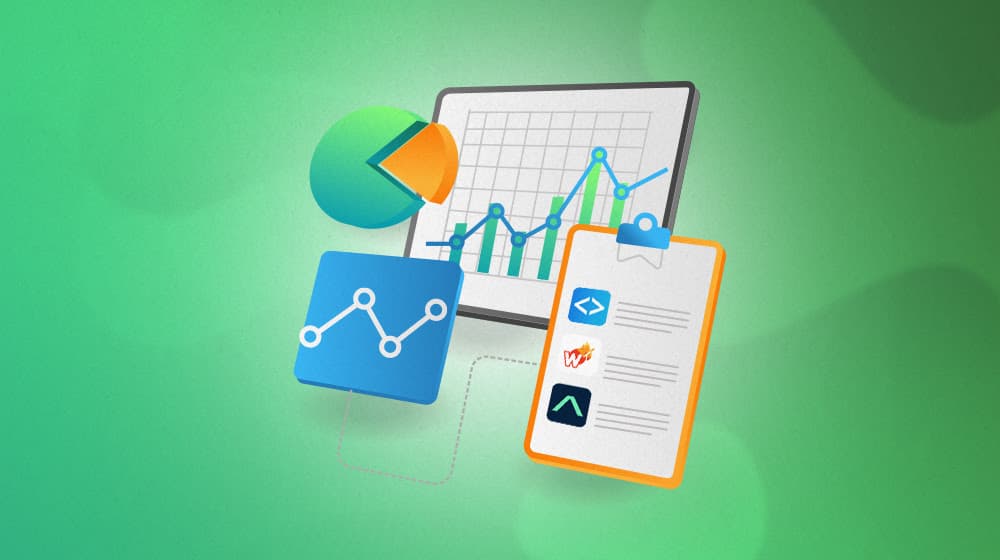
There are a ton of different pieces of data you might want to track in marketing. Whether it's the referral source for a link, the search volume for a keyword, or the friction point of a funnel, there's always more to dig into.
I often think of data as a way to determine the skill and experience of a marketer. Novice marketers put Google Analytics on a site and watch their traffic numbers and top performing posts. More advanced marketers start digging into user demographics and funnel journeys.
The deeper you go, the more there is to uncover.
One of the more advanced pieces of data you can start to track is attribution. What is attribution, and what tools can you use to track it?
 30 Second Summary
30 Second Summary
You need to track where your sales and leads come from to make smarter marketing choices. You can see if users found you with Facebook, Google ads, blog posts or other sources. This helps you spend more on what works and less on what doesn't. You can use five main ways to track this: First Click, Last Click, U-Shaped, Linear and Time Decay. Tools like AnyTrack ($50-300/month), Wicked Reports ($500+/month) or Adinton can help you gather and analyze this data automatically.
What is Attribution?
Let me answer a question with a question.
You got a sale. Congrats! But where did that sale come from?
You might be able to tell that the sale came from the product page for the product you sold. Duh! But what did the user do before that page? Did they come from a landing page, a blog post, or a Google search?
Draw back one more step.
How did they discover you in the first place? Did they find you from a post on Facebook, a paid ad you ran on Google, a print ad you ran in your local newspaper?
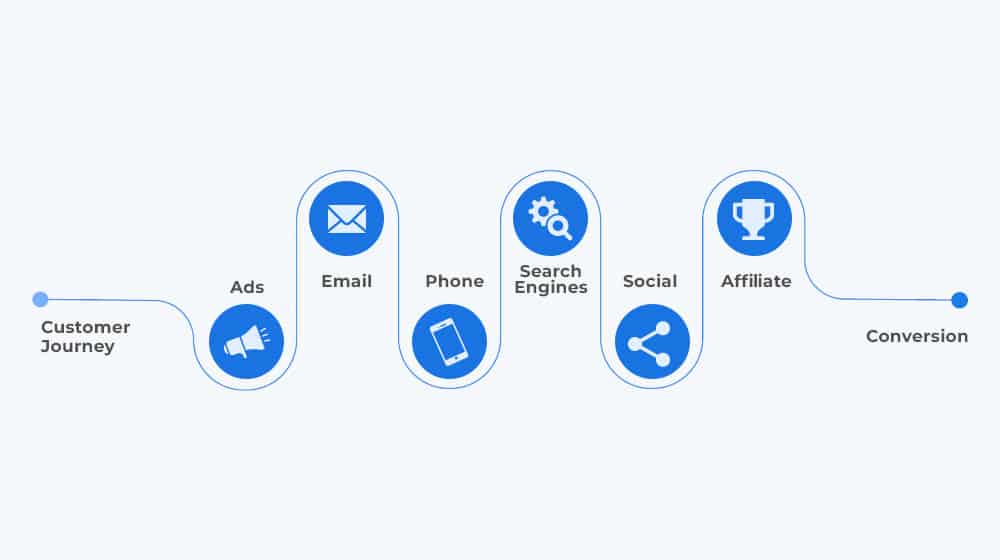
This is a process of attribution. Quite literally, you are attributing individual successes to specific parts of your overall marketing.
Marketing attribution is the name for the broader and more general kind of attribution, and can apply to things like your traffic, your newsletter subscribers, or your sales.
Lead attribution is a bit more specific. Lead attribution is specifically aimed at lead generation processes and the leads you get from them. Since leads are more valuable than general traffic and users, it's better to track them more specifically.
Why Track Attribution?
Novice marketers don't necessarily get why attribution is important. More experienced marketers know it's essential.
Why, though?
The biggest reason is simply that it lets you invest more in the techniques that work, and waste less time on the ones that don't.
Think about it this way. If you're running paid ads on two different platforms – say, Facebook and X – but you want to increase your investment, which one would you pick? If your Facebook ads get you leads, but your X ads don't, it's a no-brainer to invest more in Facebook and possibly even cut out X entirely. By increasing investment in what works and pruning investment in what doesn't, you optimize your spending.
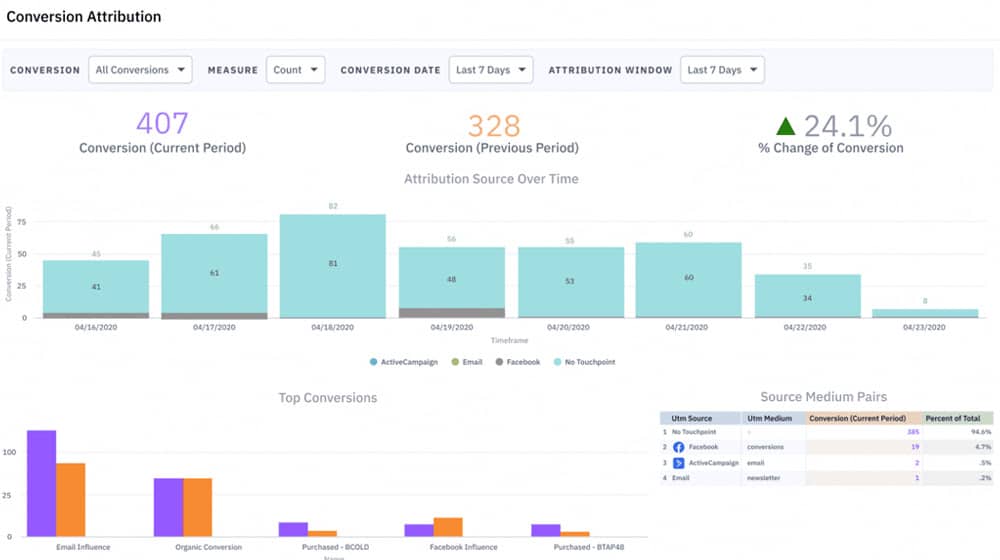
There are other benefits, too.
- You can better understand who your ideal customers are. Tracking user behaviors and journeys before they reach you and when they find you helps you know who they are and what they're doing. That lets you target them more effectively with tailored messaging.
- You can increase your return on investment. Especially with lead attribution – rather than sales attribution – you might not otherwise have a good way of telling how effective certain marketing efforts are.
- You can adjust products and features to better suit user needs. If a bunch of people are attracted by a description of a feature, you can make sure you offer the feature or improve it to out-compete others who offer it.
Attribution on its own is valuable, but when combined with other analysis of the user journey and other metrics, you can build a full picture of your users and how to better reach them.
Five Different Attribution Models
There are a lot of questions that come up with attribution tracking.
For example, let's say someone signed up for your demo. You look into their customer journey, and you see that they:
- First discovered you because of a shared post on Facebook that crossed their feed.
- Clicked that Facebook link and read an interesting post on your blog.
- Later, they performed a related Google search and found your blog again.
- They clicked through, read another blog post, and decided to sign up for your newsletter.
- From an email they received, they clicked through to a product page.
- From there, they signed up for your demo.
How do you attribute this sign-up? Would you put more investment into Facebook, into Google SEO, into your newsletter?
The trick is that both of those are correct. There are five different attribution models that are worth knowing about.
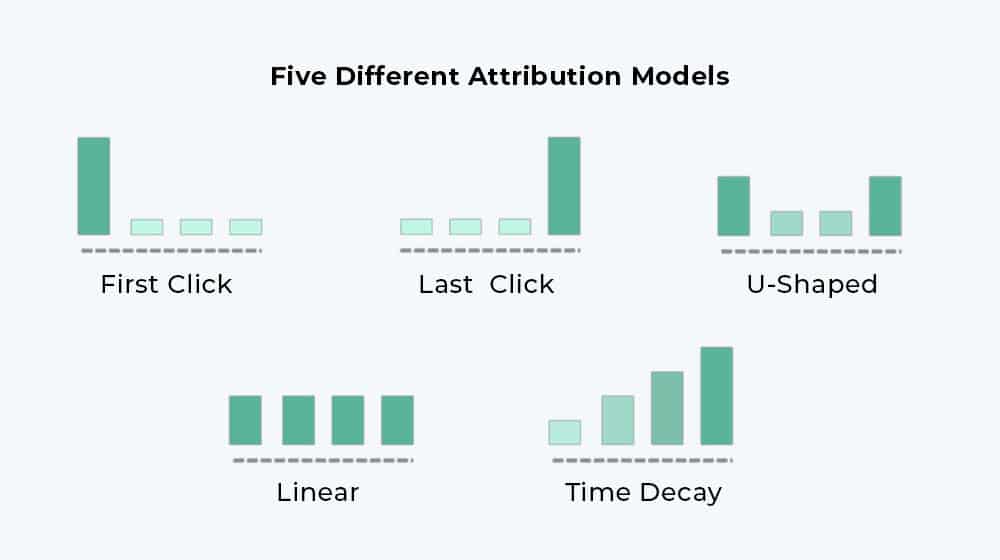
Let's break these down:
- The first two are First Click and Last Click, or First Touch and Last Touch. These are, as the names imply, either the first interaction a user has with your business or the most recent one before they sign up. In our chain example above, the first touchpoint is the Facebook post, and the most recent is the product page.
- First Touch Attribution helps you figure out how to get more people into your ecosystem, sort of like an awareness campaign. When you don't have a large enough audience, using the results of First Touch Attribution helps you broaden your audience. Conversely, Last Touch Attribution helps you increase your conversion rates. When you know the point people are most likely to reach just before they convert, you can optimize the ways you use to get people to that point.
- The third type of attribution is the U-Shaped Model or Position-Based model. This generally looks at both first and last clicks at the same time, and gives them more weight than the stuff in between. It's a good hybrid of the two.
- The fourth type of attribution is Linear Attribution. Linear Attribution looks at the whole journey and splits value evenly throughout it. It's useful to track a whole user path. When you compare a bunch of different users and their journeys, you can look for the places they drop off and smooth out those points of friction. You can also increase investment in the most common points of contact.
- The fifth and final attribution model is Time Decay. This model assumes that the longer it has been since a user interacted with part of your ecosystem, the less valuable that portion is to their conversion. Since our hypothetical user has done a bunch of things after that Facebook post, you might be able to write off Facebook as useful for awareness but not for conversions. The closer in the journey to the point of conversion, the more valuable the type of page, content, or marketing effort.
The downside of Time Decay is that, while it can be very good for Conversion Rate Optimization, it's not nearly as good for building an audience. When your audience is growing through other means, Time Decay is great for getting the most out of them. If your audience is stagnating, you need to bring in new blood rather than squeeze more from the few people you have around.
Using Marketing Attribution Tools
It's fine to say all of what I've written above, but how do you actually track any of that? It's not like you can just ask your visitors where they came from.
That's where attribution tools come in. It's pretty much impossible to track users and their paths through your system manually, even if you only have a few visitors. Once you get into the thousands, tens of thousands, or hundreds of thousands of users, it's completely impossible.

Fortunately, there are a bunch of tools you can use to gather this data. Below, I've put together a list of my favorites. First, though, a bit about how to pick a tool to use.
- Look for a tool that integrates with other tools you use. The more you have to manually fiddle with tracking codes and data assignments, the more likely you are to make a mistake, ignore something important, or just get sick of it and stop. Keep it as automated as possible.
- Look for a tool that connects with your marketing platforms. Whether it's a CRM, an email management app, your ads manager, your payment processor, your analytics software, or anything else, the more data you can feed into the attribution platform, the better.
- Look for a tool that provides data security. User journey attribution is very useful but also somewhat intrusive, and that butts up against privacy laws. In particular, the tool you choose probably needs to be GDPR-compliant.
- Look for a tool that covers different kinds of devices. One of the biggest gaps in attribution data is mobile devices, especially app-based contacts, so you want one that can gather that data if it's relevant to you.
Alright, so what are my favorite attribution tools?
AnyTrack
AnyTrack is a combination of ad tracking and user attribution platform. It's one of the more robust platforms I've found, with options to track pretty much anything, even offline conversions and offline funnel steps. It has a ton of integrations, most of which are one-click setups.

One of the coolest bits about AnyTrack, especially if you're a larger and more popular site, is that it has real-time audience tracking. Whether it's ad pixels, social media, or on-site data, it's all updated in your dashboard as it happens.
AnyTrack starts at $50 per month for a basic tracking system that can track up to 50k user sessions on one website, with one ad network and simple systems like UTM parameters. Small businesses probably want to go with the middle plan for $150 per month, though, which tracks half a million sessions and gives you a year of data retention, unlimited campaigns, and a lot of custom integrations. The biggest plan is double that price and a lot higher on your limits, but it's mostly just for the biggest brands.
Wicked Reports
Wicked Reports is actually an attribution platform I haven't personally used, but a buddy of mine swears by. He calls it the best attribution platform he's ever used, and I usually find that his recommendations are spot-on, so I'm excited to give it a shot.
One of the coolest features of Wicked Reports is the "time machine" function. It's surprisingly good at filtering and identifying data about users from before you were directly tracking them to give you a more complete picture of their journey.
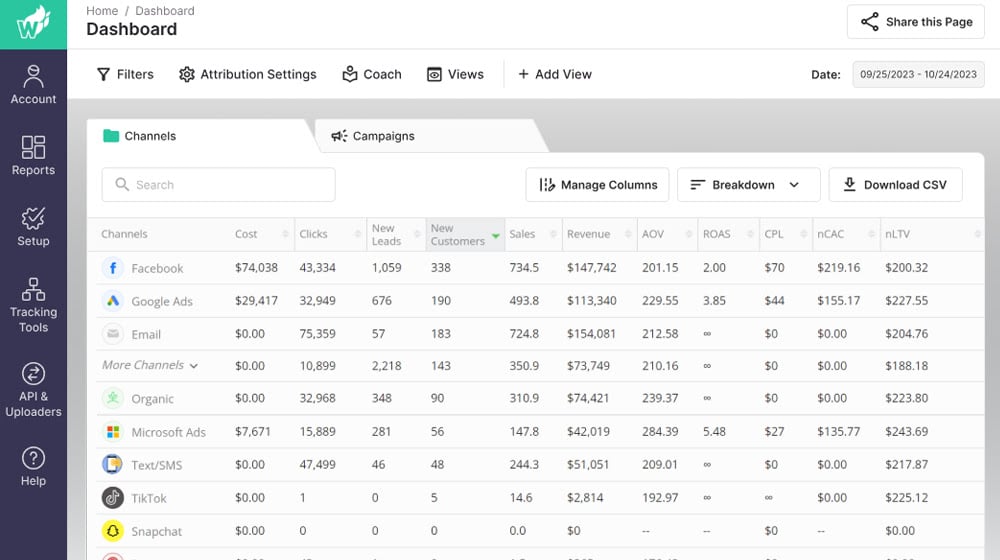
You can also set up custom attribution models, not just the same five I listed above. It's pretty handy to be able to set up something more appropriate to your specific brand. And, of course, auto-tagging is a must.
The one downside – and it's a significant downside – is that their entry-level plan starts at $500 a month. It's pretty high, but once your business is big enough, it can pretty easily pay for itself.
Adinton
Adinton is an extremely detailed and very high-quality attribution platform. It even has special reports for things like "the list of top customers who haven't made a recent purchase," so you can tailor special marketing efforts to high-value groups.
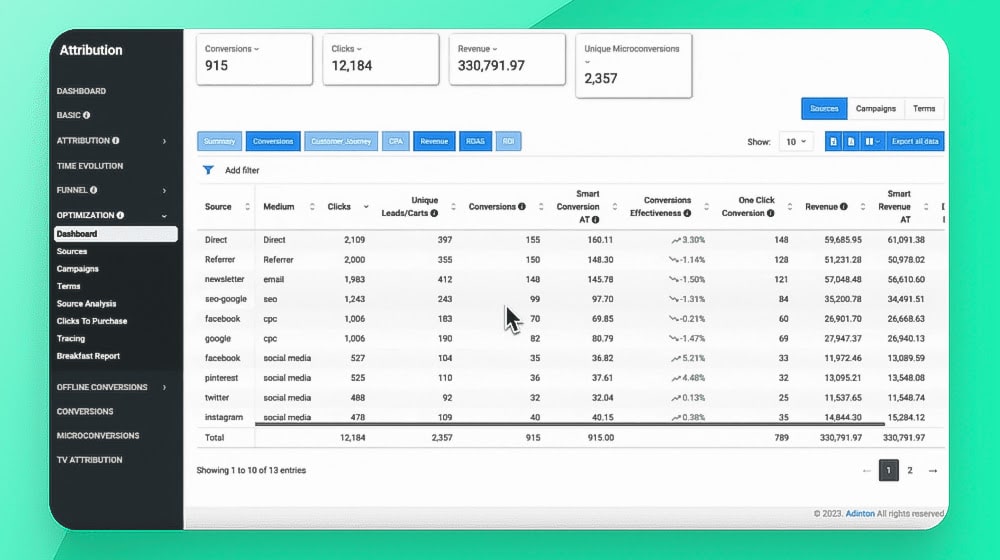
It's primarily aimed at agencies, though, so it has white-label features and dashboards for your customers, not just for yourself. It is, as you might expect, correspondingly expensive.
Other Options
There are, for sure, a ton of other attribution platforms out there. There are also attribution features built into other analytics platforms you might use. Google Analytics has a bunch you can enable if you're willing to do the manual labor of adding all the tracking elements. Adobe Analytics offers attribution if you're already in their ecosystem. HubSpot does as well. AppsFlyer is a good option for app-based businesses.
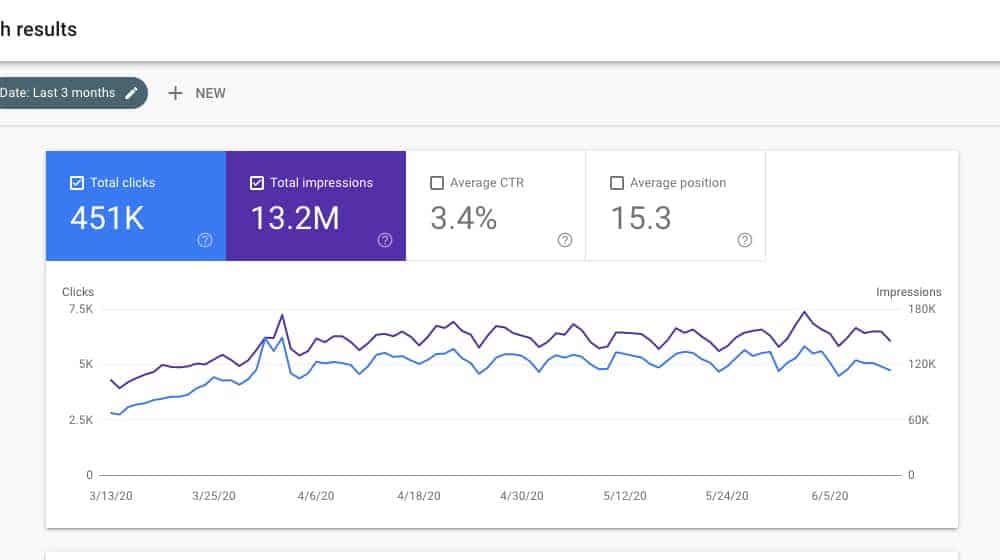
For my money, I prefer AnyTrack. It's expensive but still cheaper than a lot of the high-end attribution platforms. But it's automated enough that I don't have to waste a ton of time on manual tracking and tagging, which is tedious and annoying to do.
That said, if you know of a better attribution platform for a similar (or cheaper) price point, let me know! It can be tricky to see how they work without getting an inside look, and it's pretty costly to do that with a bunch of platforms you aren't sure you're going to use, so I rely on recommendations from friends and colleagues like you. Let me know in the comments!



 30 Second Summary
30 Second Summary
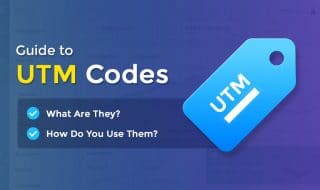
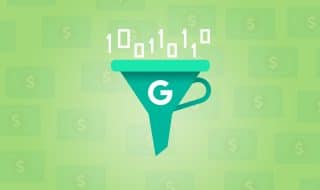

Comments